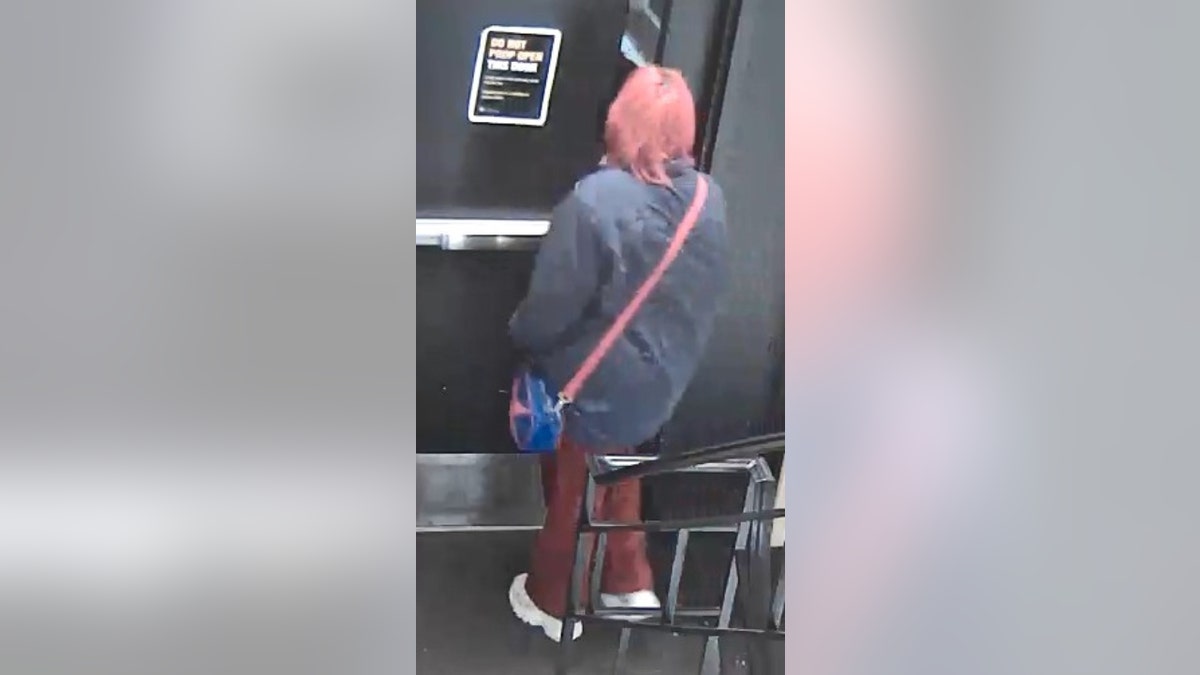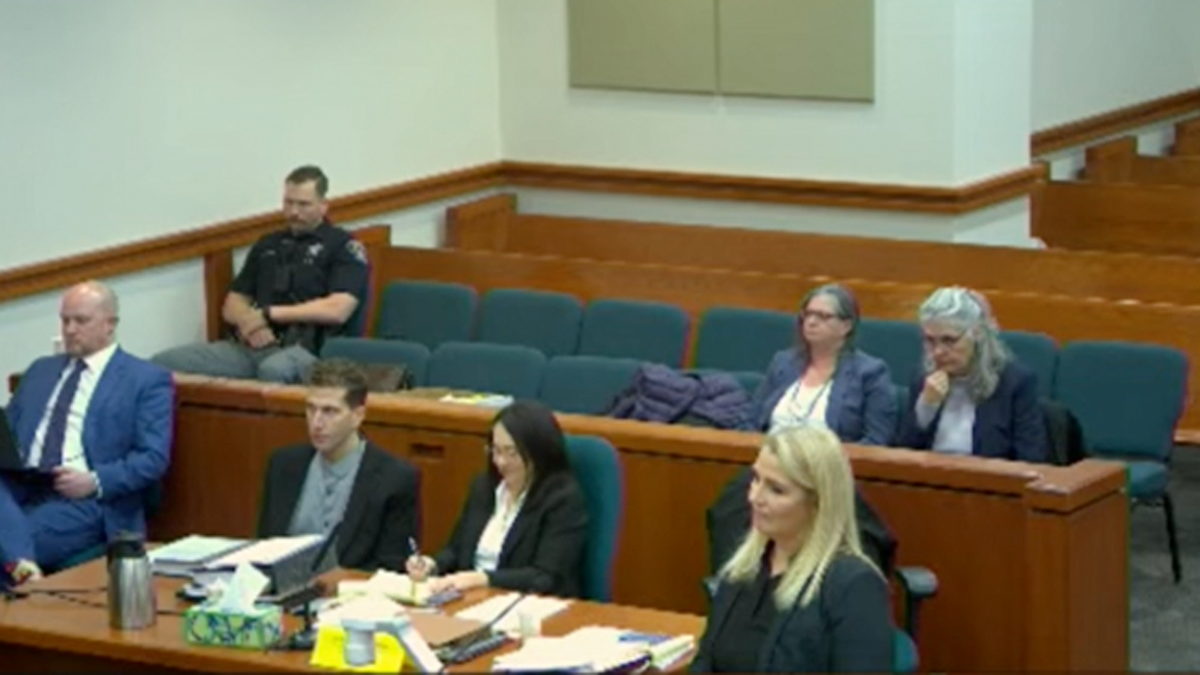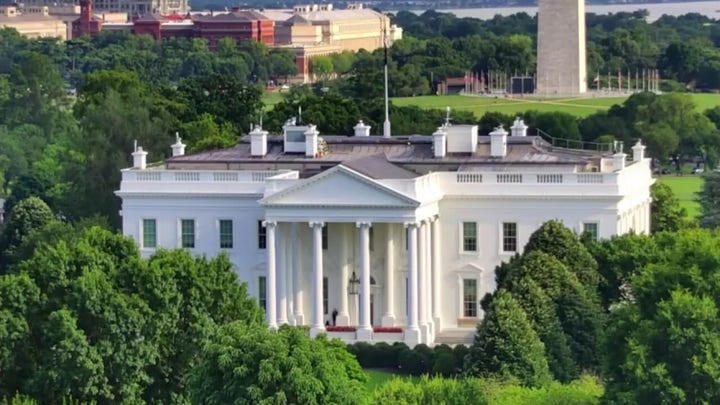Amidst a surge in bird flu cases across the U.S., resulting in egg scarcity and soaring prices, many Americans are seeking alternative ways to secure their breakfast staple. One increasingly popular solution? Renting chickens.

Companies like Rent The Chicken offer a unique service, allowing individuals to experience backyard hen ownership and enjoy fresh eggs without the long-term commitment. This approach is gaining traction as the U.S. Department of Agriculture (USDA) reports a significant increase in avian influenza outbreaks, impacting commercial and backyard flocks alike. The virus necessitates culling infected birds and destroying their eggs, further contributing to the dwindling egg supply.
The USDA projects egg prices could climb by up to 20% by 2025. However, renting chickens offers a potential workaround. Rent The Chicken, established in 2013, connects customers with partnering farmers in the U.S. and Canada. Co-founder Jenn Tompkins explains that two rented hens can typically produce a dozen eggs per week, while four hens can yield roughly two dozen. The company has experienced a surge in demand due to the ongoing egg crisis.

Rental costs vary by region but typically start around $500 for a 5-6 month period. Standard packages usually include two hens, a coop, feed, and an instruction guide. While this might not be more economical than purchasing eggs from the store (approximately $20 per week for eggs, excluding upkeep), it provides a consistent egg source during times of scarcity, according to Joe Defrancesco, who began renting out chickens at Farmer Joe’s Gardens in Connecticut five years ago. He emphasizes the growing desire among consumers to know the origin of their food.

However, prospective chicken renters should be aware of the potential risks associated with bird flu. Domesticated birds can contract the virus from infected wild birds, posing a risk to human health through contact with the eyes, nose, or mouth. The Centers for Disease Control and Prevention (CDC) recommends using personal protective equipment when handling potentially infected birds or contaminated materials. The USDA further advises continued PPE use in affected areas until all traces of the virus are eliminated, with the specific recommendations varying depending on the decontamination process.








